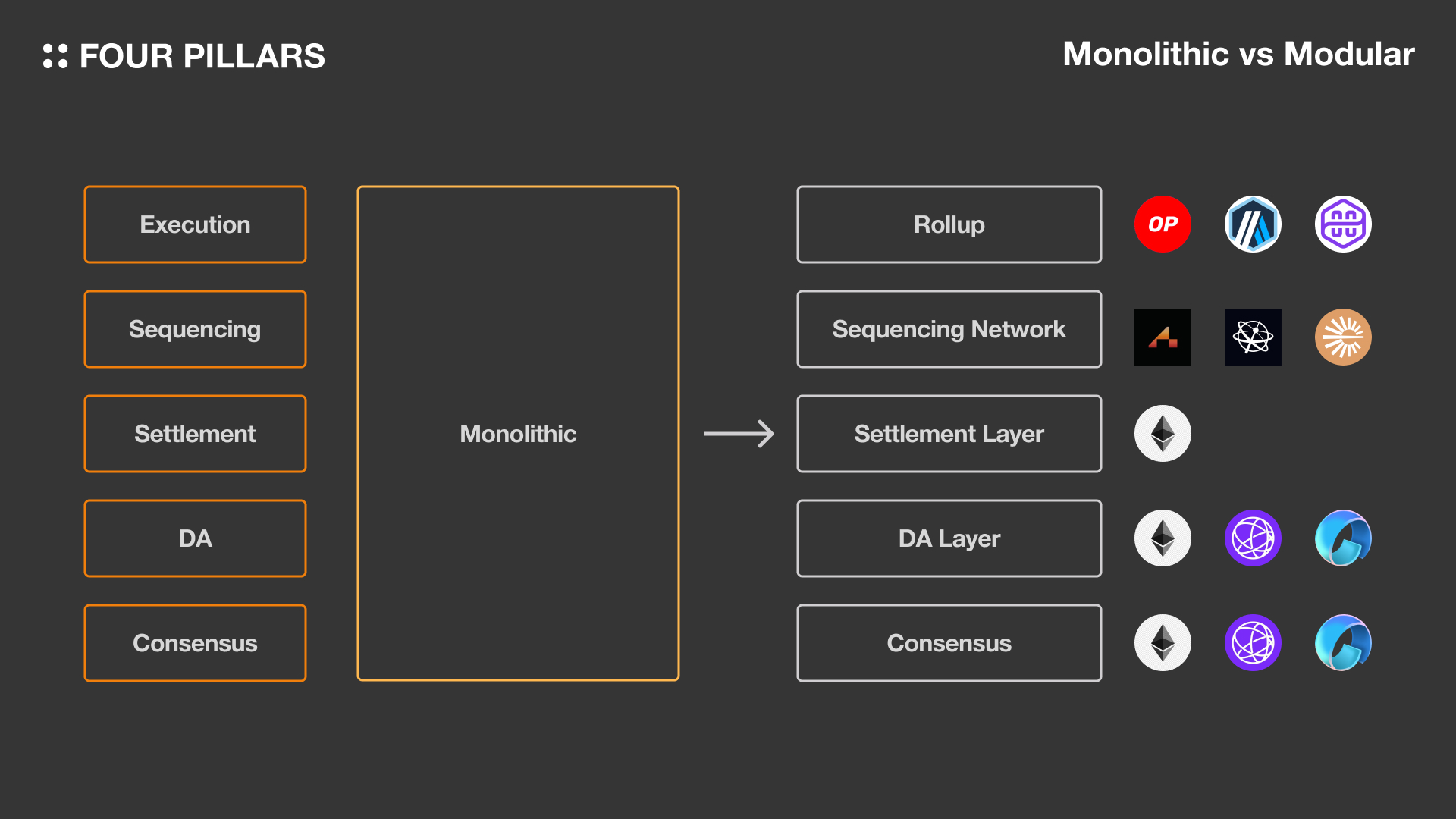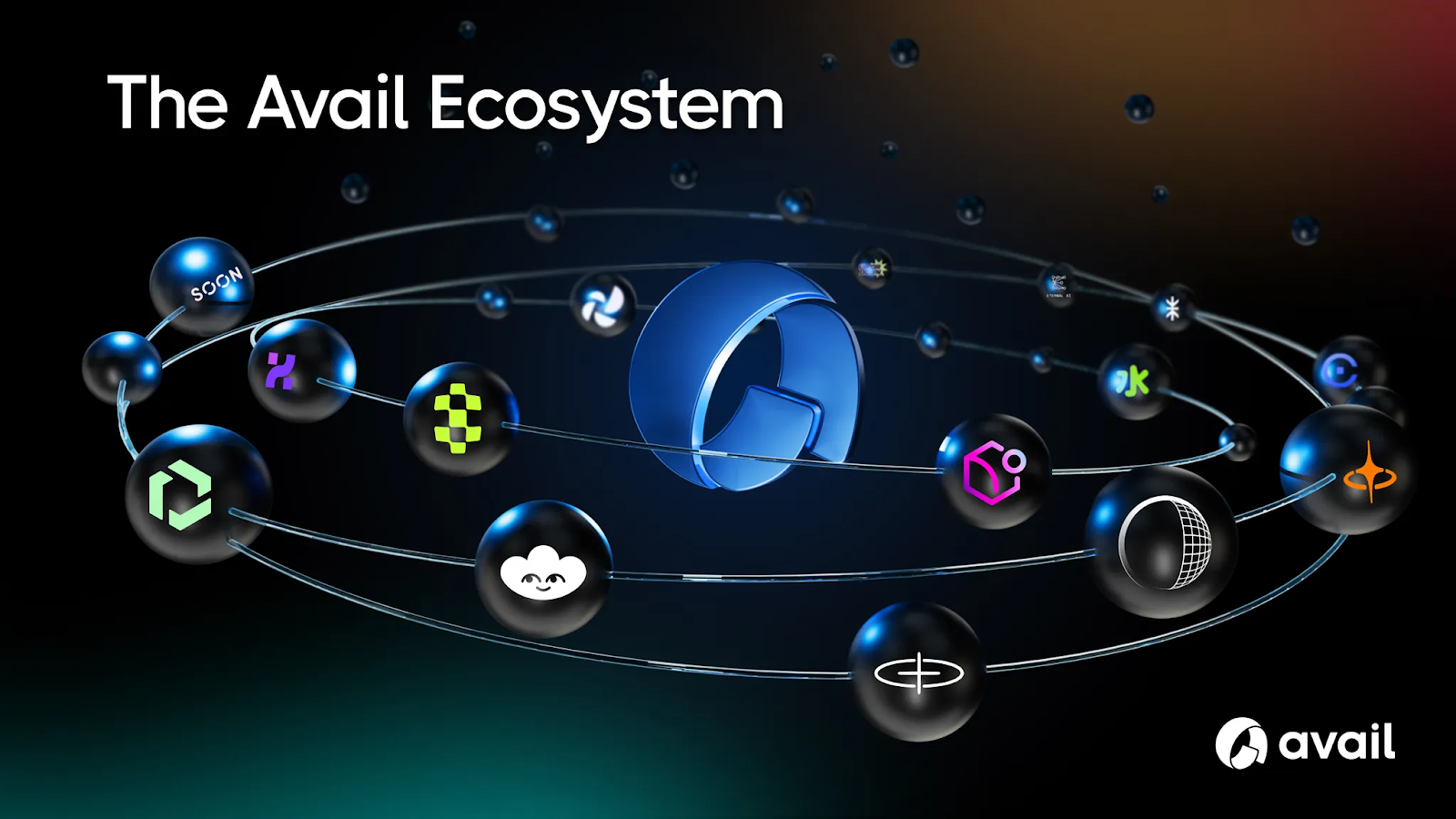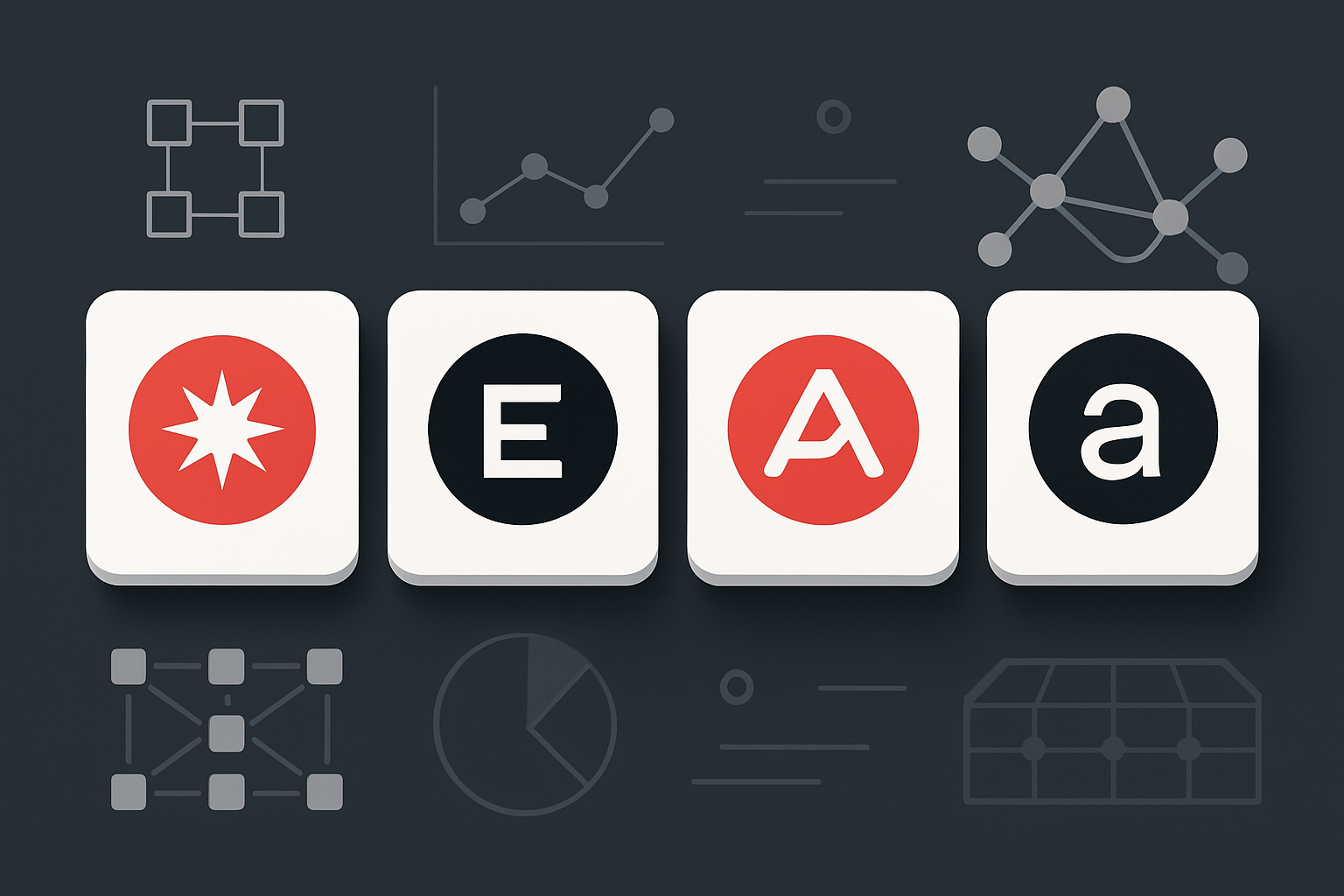
As 2025 draws to a close, the blockchain world has reached a pivotal inflection point: modular data availability layers are now the backbone of rollup scalability. The once-monolithic approach, where all transaction data and consensus logic crowded into a single base layer, is giving way to a more specialized, efficient paradigm. This shift is not just technical; it’s fundamentally changing how decentralized applications scale and how users experience cost and speed on-chain.

Why Data Availability Matters for Rollups
Rollups are celebrated for their ability to bundle transactions off-chain and post condensed proofs to Layer 1 blockchains. But there’s an underappreciated bottleneck: data availability. For any rollup to be secure, all transaction data must be made available so that anyone can reconstruct the rollup state or challenge invalid claims. Traditionally, this meant storing data directly on expensive Layer 1s like Ethereum, a model that quickly becomes unsustainable as usage grows.
This is where modular data availability layers (DA layers) enter the scene. By decoupling data storage from execution and consensus, DA layers like Celestia, Avail, and EigenDA let rollups post their transaction data to specialized networks purpose-built for high-throughput availability. The result? Lower fees, higher throughput, and a path toward true blockchain modularity.
The Key Innovations Driving DA Layer Adoption in 2025
The most exciting breakthroughs in the DA space have focused on making data both accessible and verifiable, without overwhelming nodes or sacrificing decentralization. Three innovations stand out:
- Data Availability Sampling (DAS): Instead of forcing every node to download every byte of posted data, DAS lets light nodes verify availability by sampling small random portions. If enough samples succeed, the entire dataset is statistically guaranteed to be available, massively reducing bandwidth requirements while preserving trustlessness (read more here).
- Blobspace Compression: Rollups compress their transaction data into “blobs” before posting them to the DA layer. This not only cuts costs but also enables much higher throughput compared to legacy approaches.
- Namespaced Merkle Trees (NMTs): By organizing blobs into namespaces within Merkle trees, NMTs allow nodes to retrieve only relevant chunks of data, optimizing storage and bandwidth even further.
Together, these advances mean that even low-powered devices can participate in verifying massive amounts of blockchain activity, a leap forward for decentralization and accessibility.
The New Scalability Equation: Throughput Meets Security and Cost Efficiency
The impact on rollup scalability is profound. With modular DA layers underpinning them:
- Transaction Throughput Soars: Rollups are no longer throttled by Layer 1’s capacity limits; they can process orders of magnitude more transactions by leveraging specialized DA solutions.
- User Fees Drop: Posting compressed blobs to DA networks like Celestia or Avail slashes storage costs, users see lower transaction fees without compromising security.
- Lighter Nodes Join In: Thanks to DAS and NMTs, lightweight clients can verify availability with minimal resources, broadening participation across geographies and device types.
This new architecture also unlocks greater flexibility for developers building decentralized applications (dApps). Instead of being locked into one monolithic chain’s limitations or fee structure, projects can choose the best-fit DA solution for their needs, whether prioritizing cost savings, security guarantees, or interoperability with other rollups.
The Competitive Landscape: Celestia vs Avail vs EigenDA and Beyond
The race among leading DA providers is heating up in 2025. According to recent market analyses from Token Metrics and TokenMinds, Celestia remains at the forefront with its robust implementation of DAS and NMTs, but challengers like Avail are gaining ground with novel compression techniques and integration options for app-specific chains. EigenDA brings unique cryptographic guarantees tailored for Ethereum-centric rollup ecosystems.
This competition benefits users most: as each platform innovates on cost efficiency, security models, or developer tooling, the ecosystem as a whole becomes more resilient, and ultimately drives mass adoption across DeFi protocols, gaming platforms, identity solutions, and beyond.
Yet, as the modular DA landscape matures, new challenges and opportunities are emerging. The fragmentation of data availability solutions has sparked debates around interoperability and standardization. With thousands of rollups and appchains now able to select from multiple DA providers, seamless bridging and cross-layer verification have become top priorities for both developers and users. This is especially relevant for teams seeking to build applications that span several ecosystems or require composability between different rollup environments.
Security remains a central concern. While innovations like DAS and NMTs empower lightweight clients, they also demand rigorous auditability and transparent governance from DA operators. The community is watching closely as protocols implement slashing mechanisms, proof-of-custody incentives, and decentralized validator sets to mitigate risks of data withholding or collusion, a critical step for maintaining trust in permissionless networks.
Real-World Impact: Scaling Decentralized Applications
For end-users, the benefits of modular DA layers are increasingly tangible in 2025. DeFi platforms now support higher transaction volumes with near-instant finality, while on-chain gaming can offer richer interactions without prohibitive gas fees. Even identity protocols and supply chain solutions are leveraging cost-efficient data posting to unlock new use cases previously hindered by Layer 1 constraints.
Top Modular DA Layer Use Cases in DeFi, Gaming & Identity
-

Celestia for DeFi Rollup Scalability: Celestia’s modular DA layer is widely adopted by DeFi rollups, enabling projects like dYdX to achieve high throughput and low fees. Celestia’s Data Availability Sampling (DAS) lets lightweight nodes verify data, supporting decentralized finance protocols with secure and scalable infrastructure.
-

Avail Empowering Blockchain Gaming: Avail provides a modular DA layer that supports gaming ecosystems, allowing game-specific rollups to post transaction data efficiently. This enables seamless in-game asset transfers and high-performance gameplay without congesting the main chain.
-

EigenDA for Cross-Chain Identity Verification: EigenDA is leveraged by decentralized identity platforms to securely store and validate identity proofs across multiple blockchains. Its modular DA approach ensures privacy, interoperability, and rapid verification for cross-chain identity solutions.
-

Near Data Availability for Web3 Social Apps: Near DA is utilized by decentralized social platforms to store user-generated content and social graph data off-chain, ensuring fast access and censorship resistance while keeping mainnet costs low.
-

Polygon Avail for Multi-Rollup DeFi Aggregation: Polygon Avail enables DeFi aggregators to combine liquidity and data from multiple rollups, providing users with unified access to decentralized exchanges and lending protocols at reduced transaction costs.
Developers are also finding that the modular approach opens doors to greater experimentation. By decoupling execution from data storage, teams can iterate on new rollup designs or deploy app-specific chains without being bottlenecked by base layer upgrades or fee spikes. This flexibility is fueling a wave of innovation across the Web3 stack, from privacy-focused rollups to sector-specific blockchains tailored for real-world assets.
What’s Next? The Road Ahead for Modular Data Availability
Looking forward into 2026, several trends are poised to shape the next phase of blockchain modularity:
- Standardized Interoperability: Expect stronger cross-DA protocols enabling seamless movement of assets and proofs between Celestia, Avail, EigenDA, and emerging challengers.
- Decentralized Governance: More DA networks will experiment with on-chain voting systems for parameter changes and validator selection, further aligning incentives between users and operators.
- Layered Security Models: Hybrid approaches may combine cryptographic proofs (like zk-SNARKs) with economic incentives to further harden data availability guarantees across diverse hardware profiles.
The ultimate vision is a blockchain ecosystem where scalability is bounded only by demand, not by infrastructure limits. As modular DA layers continue to evolve, they are not just powering the next generation of rollups but redefining what’s possible for decentralized applications at global scale.
If you want a deeper dive into how these innovations work under the hood, and why they matter for Ethereum’s long-term roadmap, check out our comprehensive guide at How Data Availability Layers Power Modular Rollups in Ethereum Scaling.





